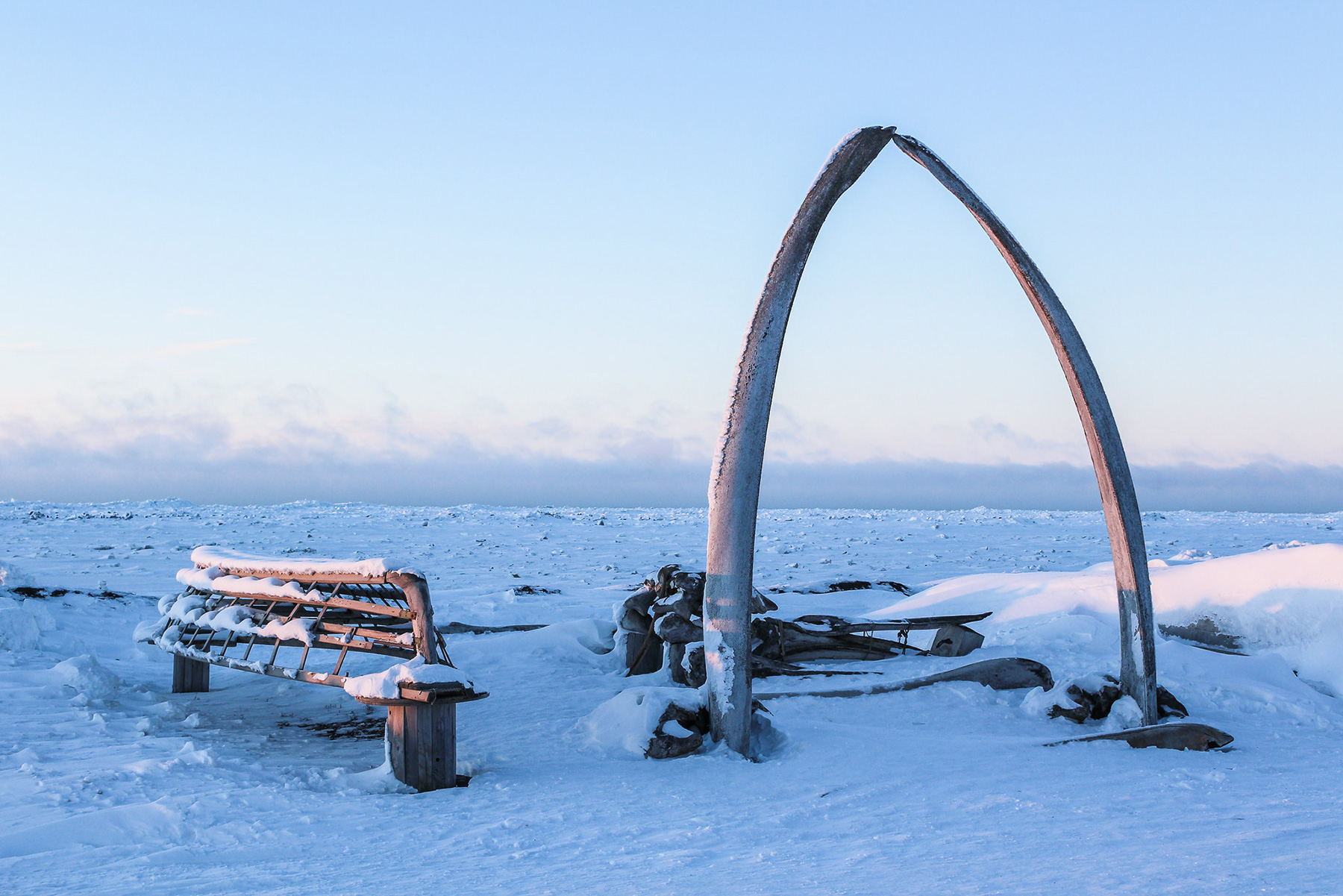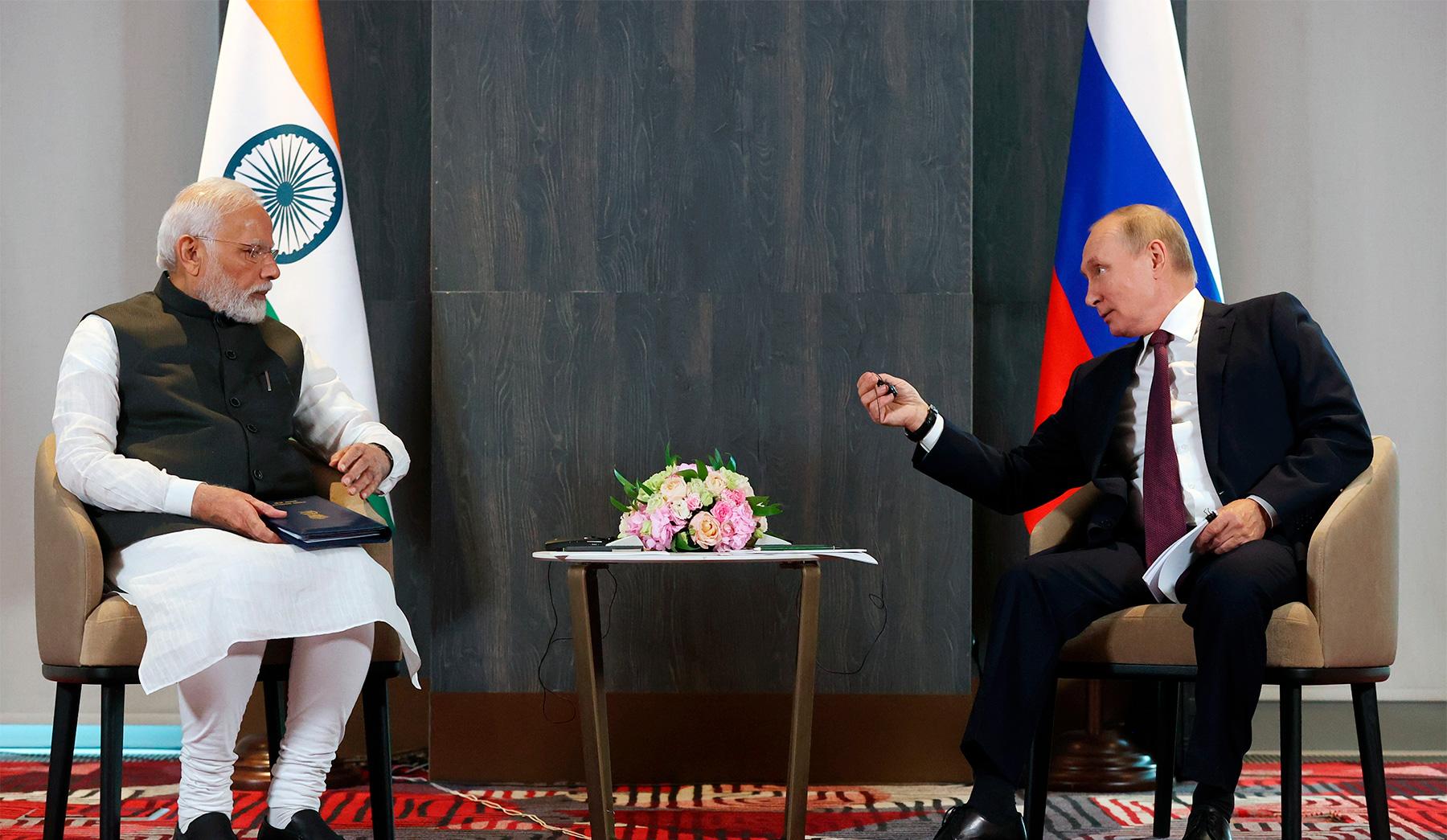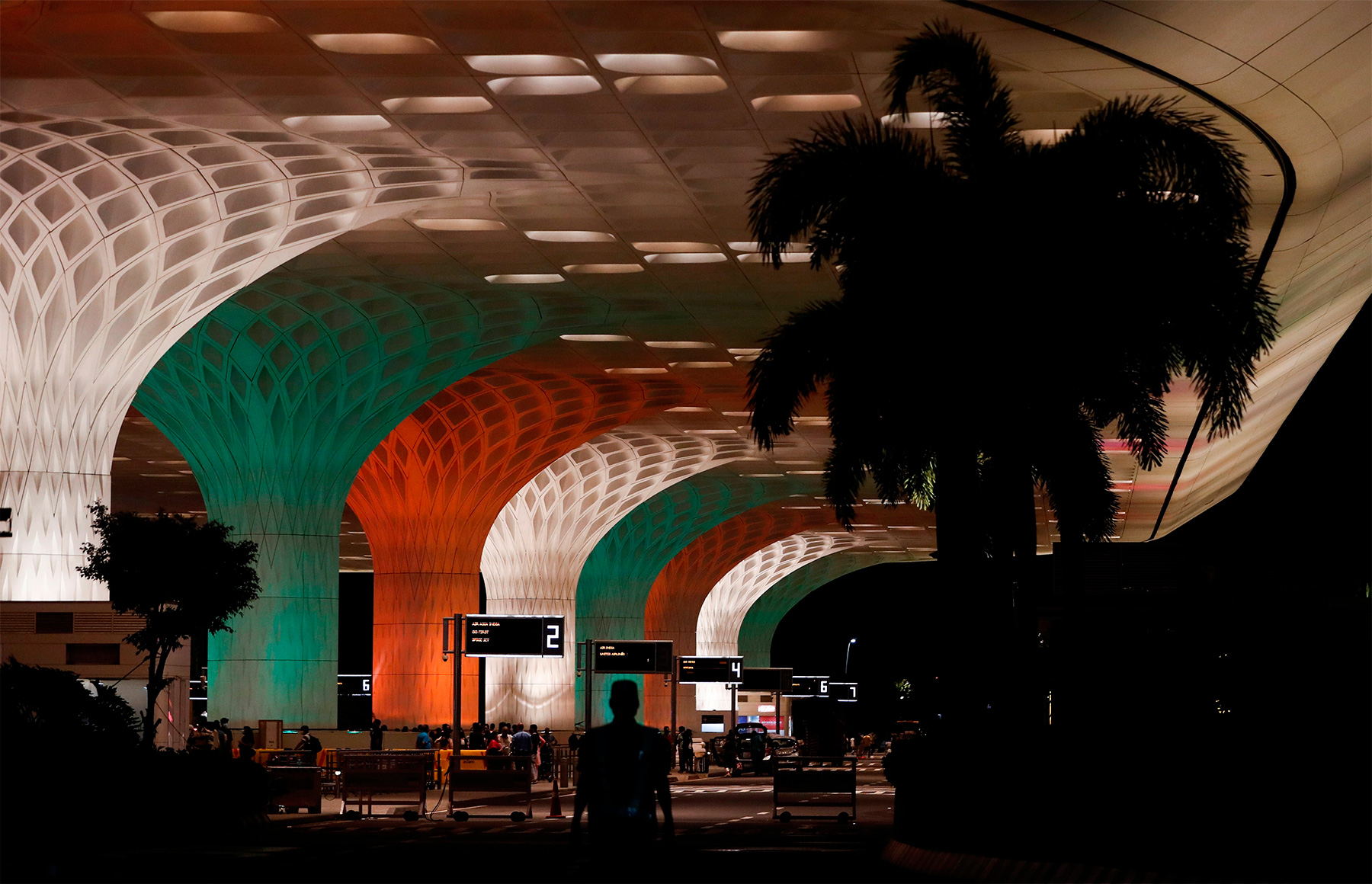It is hard not to notice the growing activity of non-Arctic states in the Arctic region. Over the past 10 years, since China, Japan, India, Singapore and South Korea were granted observer status in the Arctic Council in 2013, the discourse regarding the burgeoning involvement of Asian countries in the region has undergone a transformation—from discussing the initially cautious acceptance of this growing interest to realizing the effectiveness of most joint projects between Arctic and non-Arctic states in field as diverse as climate change and other scientific research, economic and human development. Some non-Arctic states are proactive with their polar research institutions projects and their even most updated Arctic strategies.
In its Arctic policy, India emphasizes the direct impact of global climate change on the country’s agriculture, food production and economy caused by changes in their monsoons. Furthermore, melting land ice in the Arctic (as well Antarctic and lower latitude montane regions) will lead to increasing sea levels and, combined with sea ice loss, changes in global weather patterns. In turn, these will displace local populations in coastal India and disrupt their livelihoods, potentially impacting up to 200 million people who currently live in India’s coastal regions as well as causing a possible influx of refugees from the neighbouring states. Yields of spring crops such as rice, pulses and soybean, which contribute almost 50% of the country’s food production, depend heavily in parts of India on glacial water sources that feed some of the country’s largest rivers. Therefore, India, with a population of more than 1 billion, “cannot afford to risk its food, water and economic security” in a rapidly changing global climate.
India has numerous Arctic channels to promote its ideas and projects, particularly with Russia. On the one hand, there are transportation developments such as INSTC project which serves as grand corridor not only to the largest Arctic state, but also to the Nordic and Baltic regions. On the other hand, projects in Russian oil and gas industry, including the Indian companies’ investments in Russia's Arctic energy and mineral resources. Following the EU embargo on Russian oil in December 2022, India will have more options to diversify its imports from Russia, and records show that Arctic seaborne crude oil exports to India have been increasing since November 2022. Simultaneously, India recognises the value of having different forums to advocate its Arctic issues. Thus, Indian Arctic Policy highlights the country’s concerns about climate change in terms of water and food security. That is why India is strengthening its scientific capabilities in the polar sciences, increasing its active involvement in Arctic Council working groups, and encouraging its universities to join the UArctic network, as well as its companies to seek membership in the Arctic Economic Council (AEC) and to participate in the AEC's five working groups. The strategy lays the groundwork for a far more powerful and active India in Arctic research and economic growth. There are two more regional platforms where India might be one of the leading observer state in the Arctic science: Asian Forum for Polar Science and “Third Pole-Himalaya and the Arctic Model” forum. Both forums are actively expanding their research and contributing to joint arctic initiatives.
It is hard not to notice the growing activity of non-Arctic states in the Arctic region. Over the past 10 years, since China, Japan, India, Singapore and South Korea were granted observer status in the Arctic Council in 2013, the discourse regarding the burgeoning involvement of Asian countries in the region has undergone a transformation—from discussing the initially cautious acceptance of this growing interest to realizing the effectiveness of most joint projects between Arctic and non-Arctic states in field as diverse as climate change and other scientific research, economic and human development. Some non-Arctic states are proactive with their polar research institutions projects and their even most updated Arctic strategies.
On March 17, 2022, India published its Arctic strategy document “India’s Arctic Policy: Building a partnership for sustainable development”. This policy document was published by the Ministry of Earth Sciences of the Indian government and attracted considerable attention from around the world. The document outlines the main directions of India’s state policy in the Arctic or, as the document itself states, “India’s Arctic mission”. Key elements include strengthening India’s cooperation with the Arctic states and developing international cooperation on climate change and environmental protection by Indian scientists working in the Arctic region.
The existence of this issued policy document illustrates that India is keen to demonstrate its national interests in the Arctic. It may also be significant that India's Arctic Policy was issued during the Arctic Council’s work pause, demonstrating that India is committed to the Arctic and does not want to postpone scheduled initiatives despite the current geopolitical situation. Furthermore, the India’s Arctic discourse has taken an increasingly high profile within the country—for instance, with the draft proposal being open for public comment from December 2020 to January 2021. The policy was then finalised and presented to the public after gathering comments from scientists and state strategic analytical centres.
“Third Pole” country
In its Arctic policy, India emphasizes the direct impact of global climate change on the country’s agriculture, food production and economy caused by changes in their monsoons. Furthermore, melting land ice in the Arctic (as well Antarctic and lower latitude montane regions) will lead to increasing sea levels and, combined with sea ice loss, changes in global weather patterns. In turn, these will displace local populations in coastal India and disrupt their livelihoods, potentially impacting up to 200 million people who currently live in India’s coastal regions as well as causing a possible influx of refugees from the neighbouring states. Yields of spring crops such as rice, pulses and soybean, which contribute almost 50% of the country’s food production, depend heavily in parts of India on glacial water sources that feed some of the country’s largest rivers. Therefore, India, with a population of more than 1 billion, “cannot afford to risk its food, water and economic security” in a rapidly changing global climate. The policy document also highlights the need to study the effects of glacial melting in The Hindu Kush Himalaya (HKH), known as “Third Pole”. The region consists of the geographical area surrounding the Himalaya, which encompasses parts of India, China, Pakistan, Afghanistan, Nepal, Bhutan, Bangladesh and Myanmar. The relation between the Arctic and the Third Pole is clearly stated in the IPCC Special Report on the Ocean and Cryosphere. The Third Pole is arguably the world’s most important ‘water tower’, being the source of ten of Asia’s largest rivers as well as containing the largest volume of ice and snow outside the Arctic and Antarctica. Together, these rivers support the drinking water, irrigation, energy, industrial and sanitation needs of at least 3 billion people living in the region and downstream areas.
To contribute to better understanding of present and future climate in the Arctic region, India plans to build capacity in interdisciplinary scientific research. The National Centre for Polar and Ocean Research (NCPOR) of India is a key body operating under the Ministry of Earth Sciences that conducts research activities and various scientific expeditions both in the geographic polar regions and in the Himalayas. “What is happening in the Arctic does not stay there but goes far beyond the region and can approach our borders at any moment. That is why India is now seeking to intensify its efforts in the Arctic”—noted K.M. Sithi, scientific head of the International Center for Polar Research at Mahatma Gandhi University, during a discussion meeting involving Arctic experts from Russia and India in the Gorchakov Fund in July 2022. India has stated that its interest in the region is not motivated by opportunism—instead, it is guided by considerations of security and survival.
On the 18th and 19th of January 2023, the forum “Third Pole-Himalaya and the Arctic Model” was conducted in the UAE to contribute to the 28th UN Climate Change Conference. A new process known as the “Third Pole-Himalaya Process”, is being initiated to introduce the “Arctic model of collaboration” to the Hindu Kush Himalaya region in a further attempt to alleviate the challenges of melting glaciers and water insecurity exacerbated by climate change. Since 2011, a series of Arctic Circle Assemblies hosted in Iceland have sparked debate on the subject. Over the subsequent ten years, in scientific events under The Third Pole Environment Program (TPE), a cooperation involving Iceland, India, Bhutan and China, researchers discussed scientific methods developed in the Arctic and how they might be applied in the Third Pole, where the scope of the climate change consequences is not fully understood, and scientific data is lacking.
Since 2007, India has actively organized polar research programmes and expeditions, and has participated in the work of international Arctic organizations. To date, India has conducted 13 Arctic expeditions. Subsequent to gaining Observer status in the Arctic Council, India can gain access to unique information about the region's management, as well as participate in Arctic Council meetings, comment on issues addressed there, and participate in the projects and initiatives of the Council's working groups. India has several active agreements as well participates in a range of joint projects with various Arctic states. India is a member of number of working groups of the Arctic Council (e.g. Conservation of Arctic Flora and Fauna) as well as other regional scientific and/or operational expert groups including the Ny-Ålesund Science Managers Committee (NySMaC), the University of the Arctic (UArctic), the Asian Forum for Polar Science (AFoPS) and the Expert Group in support of implementation of the Framework for Action on Black Carbon and Methane (EGBCM). The International Arctic Science Council (IASC) includes India, where it is represented by NCPOR. In the mid-term, India plans to acquire ice-class polar research vessels and strengthen its domestic capacity to build such vessels through the “AtmaNirbhar Bharat” (“Self-reliant India”) and “Make in India” initiatives. This will put India on a par with other Asian Arctic Council observer countries such as China, Japan and South Korea.
India-Russia current and future cooperation in the Arctic
Current Indian activity in the Arctic with Russia is more focus on industrial fields like hydrocarbons, coal and steel development. India’s increased attention to the Arctic will open further opportunities for cooperation between the two countries. Russia and India already have considerable cooperation in place in the hydrocarbon extraction industries, with Indian companies owning stakes in Russian upstream projects such as Sakhalin-1, Vankorneft and Taas-Yuryakh. The Indian Oil and Natural Gas Corporation (ONGC Videsh) acquired a 20% interest in Sakhalin-1 in 2001. In 2017, Gazprom Neft and Indian Oil & Natural Gas Corporation signed a framework agreement on Arctic offshore cooperation, also focusing on exploration opportunities in the Dolginskoye field in the Pechora Sea. Another Russian state company, Rosneft, also signed a memorandum of understanding with India’s OVL (a division of the state oil and gas corporation ONGC) to develop Arctic oil and gas projects. Under these agreements, Russia and India will exchange technical, production and commercial practices regarding the development of fields in the Arctic and around Sakhalin Island. Experts estimate that the total volume of Indian investment in Russia's oil and gas sector at the beginning of 2021 was $15 billion, but this amount could have risen significantly since then. Negotiations have also resumed on the participation of Indian companies in the Vankor field which is located in Arctic. ONGC Videsh acquired 26% equity in CSJC Vankorneft, the company that owns the Vankor field. The other partners are the Indian consortium of OIL-IOC-BPRL with 23.9% and Vostok Oil with 50.1%. Work is also being done to put the Roadmap for the Development of Cooperation in the Oil and Gas Industry into action in order to increase bilateral energy cooperation, including the future development of the recently established Indian Energy Center in Moscow, which represents five Indian state oil and gas companies.
In October 2022, Russia became India’s primary crude oil supplier, accounting for 22% of Indian imports (Iraq accounted for 20.5% and Saudi Arabia accounted for 16%). In addition, India has recently diversified its crude purchases by including Arctic grades Arco, Novy Port Light and Varandey, which generally travel to Europe, but the situation has changed after the EU imposed an embargo on Russian seaborne crude oil on December 5, 2022.
Aside from oil and gas, India is interested in obtaining supplies of high-quality coal (coking coal and anthracite) from Russia’s Arctic regions. India is the world’s second-largest steel manufacturer, after only China. With rising demand for steel production, India's need for coking coal is growing more rapidly even than its demand for oil and gas resources. Coal export is planned from the Russian Arctic through the Primorsky Krai sea ports, with transport to Chennai, the largest port on India’s east coast. India is considering the possibility of organizing shuttle voyages of large-capacity vessels along the route from Chennai to the Russian Far Eastern ports. about the details of the potential participation of Indian companies in these coal projects remain to be developed.
Transportation corridors
Because of its geographical location, India and Russia have significant influence over both land and ocean routes in various parts of the world. Russia controls the rapidly developing Northern Sea Route along the Russian Arctic coastline, whereas India has significant influence over South Asian Sea routes. Without Russia’s participation, it is impossible to take advantage of the resources of the Arctic shelf; without India, it is impossible to gain access to the resources of East Africa. The two countries do not compete in the use of transport routes in these regions, rather complementing each other, and both aiming to gain from increased trade turnover between Europe and Asia. Therefore, cooperation in the development of transport routes and infrastructure projects would mutually be beneficial for both countries, both economically and strategically. Two transport routes should be highlighted here, (a) the Vladivostok-Chennai maritime transport corridor, a waterway through the Strait of Malacca to the Russian Far East, and (b) the North-South International Transport Corridor, a 7,200-km transport network connecting Nhava Sheva in India with Bender Abbas in Iran by sea and further linking Amirabad in Iran by road. The last section connects Amirabad and Astrakhan in Russia by sea.
In 2019, during the Eastern Economic Forum, Russian-Indian negotiations resulted in a landmark agreement to establish a direct maritime link between Vladivostok and the Indian city of Chennai. The main objective of the sea corridor Vladivostok-Chennai, also called Eastern Sea Corridor, is to reduce the time and cost of transportation of goods from Russia to India. Russia is investing considerably in developing its Far East, for which Indian investment in transport infrastructure could significantly help. According to experts, this corridor will make it possible to deliver cargo from Vladivostok to Chennai in just 24 days. According to the latest information from India, the study of the cost-effectiveness of the Vladivostok-Chennai Eastern Maritime Corridor has been completed, indicating a number of opportunities to increase traffic. At the last summit, India and Russia noted that implementation of the recommendations would additionally stimulate bilateral trade.
The route of the International North-South Transport Corridor (INSTC) makes it possible to reduce the duration of cargo transportation between Russia and India by 10-15 days compared with the traditional sea route through the Suez Canal (which can take up to 40 days). The legal basis of the INSTC is the “Intergovernmental Agreement on the International North-South Transport Corridor” which Russia, India and Iran signed in St. Petersburg on September 12, 2000, during the II International Euro-Asian Transport Conference.
The main idea of the project was to connect the Indian Ocean and the Persian Gulf with the Caspian Sea through Iran and create a trade route through Russian territory to Northern European countries. Subsequently, Armenia, Azerbaijan, Belarus, Bulgaria (as an observer), Kazakhstan, Oman, Tajikistan, Syria, Kyrgyzstan and Turkey joined the agreement. Over the several years of the project's existence, many agreements have been reached between the participants. In particular, Russian Railways Logistics and the Container Corporation of India “CONCOR” signed a service agreement for joint development of multimodal cargo transportation services along the international transport corridor. Currently, the work on the project is ongoing. As Russian Deputy Prime Minister Marat Khusnullin stated on the platform of the Eurasian Development Bank's Second Eurasian Congress, the corridor should be completed by 2024. Long-term plans for India include extending the North-South transport corridor, which might eventually be used to deliver Arctic resources to India.
Concluding remarks
India has numerous Arctic channels to promote its ideas and projects, particularly with Russia. On the one hand, there are transportation developments such as INSTC project which serves as grand corridor not only to the largest Arctic state, but also to the Nordic and Baltic regions. On the other hand, projects in Russian oil and gas industry, including the Indian companies’ investments in Russia's Arctic energy and mineral resources. Following the EU embargo on Russian oil in December 2022, India will have more options to diversify its imports from Russia, and records show that Arctic seaborne crude oil exports to India have been increasing since November 2022. Simultaneously, India recognises the value of having different forums to advocate its Arctic issues. Thus, Indian Arctic Policy highlights the country’s concerns about climate change in terms of water and food security. That is why India is strengthening its scientific capabilities in the polar sciences, increasing its active involvement in Arctic Council working groups, and encouraging its universities to join the UArctic network, as well as its companies to seek membership in the Arctic Economic Council (AEC) and to participate in the AEC's five working groups. The strategy lays the groundwork for a far more powerful and active India in Arctic research and economic growth. There are two more regional platforms where India might be one of the leading observer state in the Arctic science: Asian Forum for Polar Science and “Third Pole-Himalaya and the Arctic Model” forum. Both forums are actively expanding their research and contributing to joint arctic initiatives.







